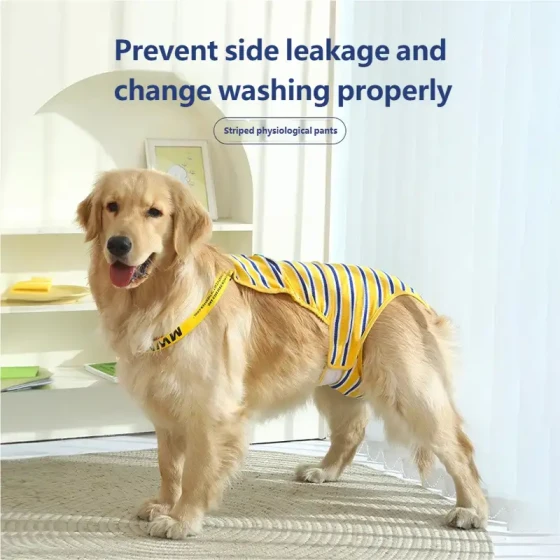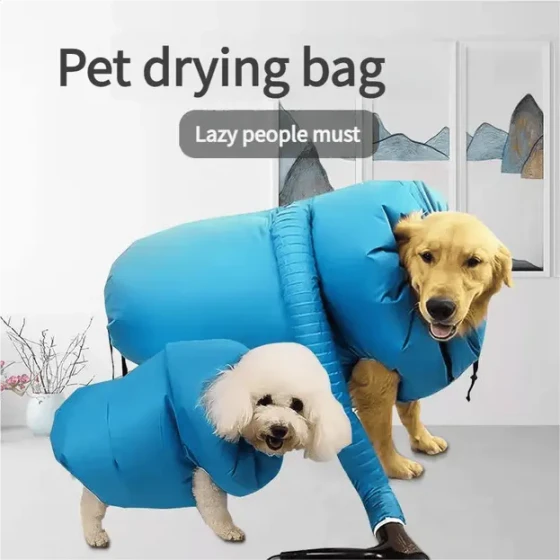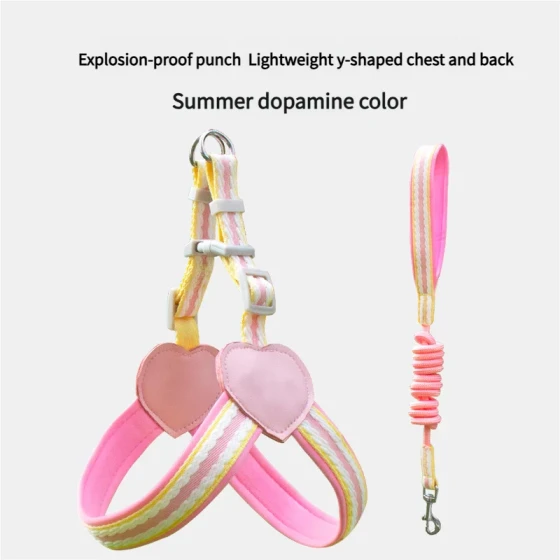Several First Aid Methods for Dogs in Accidents

Pug (detailed introduction)
Lively and active dogs are curious about everything. However, in life, most dogs cannot recognize which things are harmful to them. Therefore, we cannot avoid situations where dogs may ingest harmful items by mistake or get injured while playing outside. This can be troublesome for owners who live far from veterinary hospitals but have beloved pets. Hence, mastering some basic first aid methods is worth every pet owner’s effort.
1. First Aid for Trauma and Burns
If necessary, shave the fur to expose the wound, then use gauze to apply pressure to stop bleeding. You can apply some medicinal powder to help with hemostasis and bandage it if needed. If shock occurs, treat for shock accordingly. After dressing the wound, promptly take the dog to the veterinary emergency department.
Causes of dog burns include contact with corrosive liquids, falling into hot tubs, biting electrical wires, or frostbite. The treatment method is to rinse off corrosive liquids with cold water, apply petroleum jelly or other mineral oils, and as usual, promptly take the dog for emergency medical treatment.
2. First Aid for Poisoning and Traffic Accidents
To rescue a poisoned dog, if the fur is contaminated, rinse the fur to prevent more harmful substances from entering the body. Immediately contact a nearby dog hospital. If you know what the dog has ingested, bring those items and containers to the veterinarian for examination.
Carefully approach the dog while speaking gently to it, then gently restrain it with a rope or leash. Check heartbeat, breathing, bleeding, wheezing, and fractures, notify the veterinarian, and move the dog carefully.
The reason for muzzling the dog is to prevent it from biting people due to fright. First, tie a knot in the middle of the rope, then make a loop. Put the loop over the dog’s mouth, and finally tighten the knot securely. After tying, recheck to avoid breathing difficulties.
3. First Aid for Dog Shock
When a dog is in shock, blood pressure drops, heartbeat and breathing become fast and weak, and the skin is pale and cold. The dog needs to be kept quiet and warm. You can place the dog on a hot pad wrapped with a bath towel. Do not let strangers disturb it at this time.
First, check breathing. If the dog’s breathing is weak, irregular, or stopped, quickly loosen the collar, open the dog’s mouth to remove saliva, blood, vomit, or other foreign substances, perform artificial respiration, and then check the pulse.
4. First Aid for Dog Bite Injuries
Immediately squeeze the wound after a bite, but never use your mouth to suck the contaminated blood. Rinse repeatedly with 3%–5% soapy water or 0.1% chlorhexidine at least for half an hour. Do not use soapy water and chlorhexidine together. After rinsing, wipe with 70% alcohol and apply concentrated iodine repeatedly; immediately take the dog to the hospital for treatment.

Pomeranian (detailed introduction)
5. First Aid for Dog Motion Sickness (Car or Boat)
When a dog starts to get car or boat sick, the mucous membranes and gums turn pale, vomiting and drooling occur. Don’t panic; rest for a while and the condition will improve. Dogs with this habit should not eat or drink within eight hours before getting on a car, boat, or plane. Alternatively, consult a veterinarian for premedication.
6. First Aid for Dog Snake Bites
Cut open the wound to squeeze out the venomous blood, tie a tourniquet tightly near the heart, loosen it after half an hour, then tighten again. Identify the snake species to quickly purchase antivenom and other treatments. Veterinary hospitals usually do not have antivenom on hand and it must be purchased separately.
When a dog has an accident, the owner must not panic but handle the situation calmly. During treatment, ensure your own safety and avoid being bitten by the injured dog due to its stress. If you feel helpless, remember to call friends or relatives nearby for help. Having the veterinary hospital’s contact number is even better, as they are usually willing to assist.





